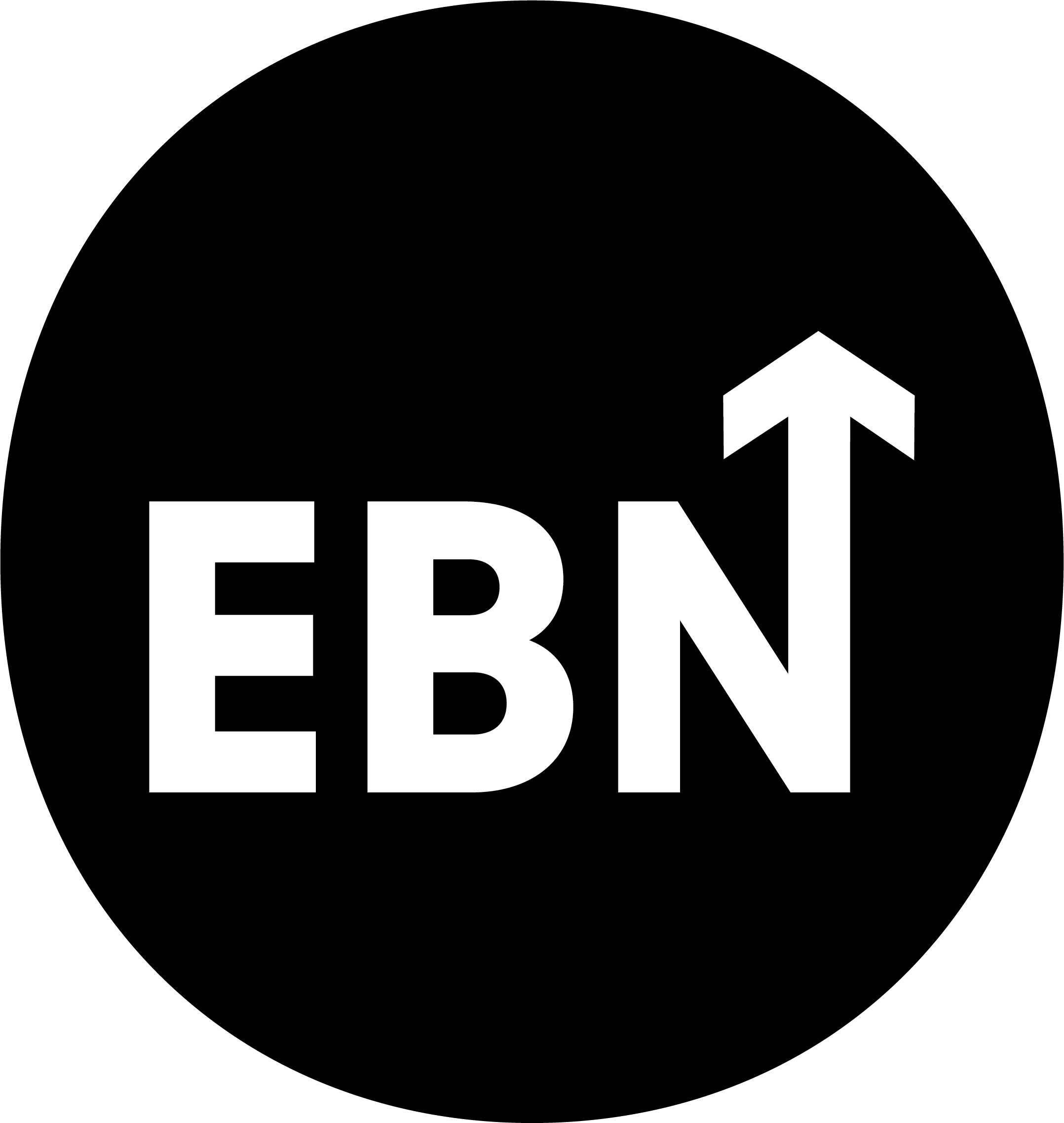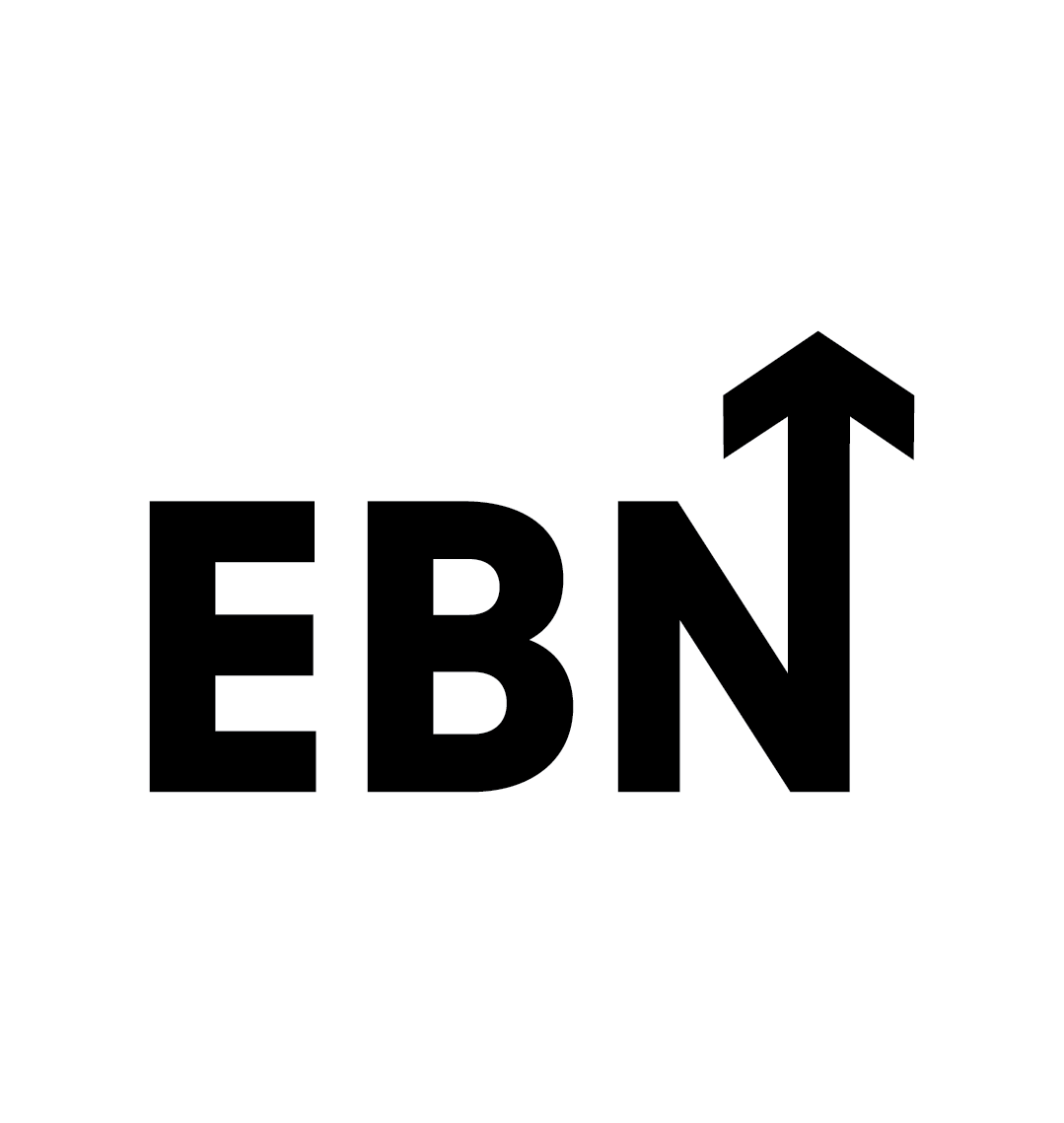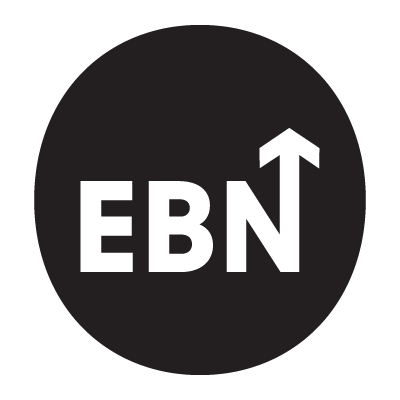Employer branding is running out of credibility. And deservedly so.
Across every industry, teams are still churning out glossy campaigns, career sites, and EVP decks filled with promises of culture and purpose. Spending money like there’s no tomorrow. Yet when someone senior asks the only question that matters - what did this do for the business? - most employer brand leaders are left flapping for an answer.
Universum’s latest global research shows fewer than one in five organisations can clearly demonstrate the commercial impact of their employer brand investment. Link Humans puts the figure at 18 percent. That means more than 80 percent of employer branding professionals can’t prove their value in hard numbers.
That’s simply not good enough. You wouldn’t get away with that in any other business function and it should be no different here.
Momentum isn’t always progress, especially when you always end up back where you started.
Fathom helps you escape the loop. With insight, not intuition.
The Comfort of Easy Numbers
Employer branding has spent too long admiring the wrong metrics. Often a result of inexperienced armatures masquerading as senior and qualified.
Impressions, reach, engagement, likes - they’re tidy, immediate, and conveniently positive. They make for colourful dashboards and upbeat reports. But none of them prove anything that matters to the business. At the end of the day, they’re nothing more than noise dressed up as results.
In projects I’ve seen first-hand, employer brand teams proudly report record engagement while struggling to fill critical roles. Social metrics up, offer acceptance down. The numbers don’t line up because they’re measuring different worlds - one digital and cosmetic, the other operational and real.
“You can be the most handsome man in the world but if no woman will date you because you have a repellent personality, all those facials and the torturous gym routine might have been a waste of time”
Those soft indicators have their place. They show movement, which is useful, but not achievement. They tell you people are noticing, but not that they’re joining, staying, or performing.
What You Should Be Measuring
A serious employer brand function tracks evidence on two levels (beyond engagement in their content)
Brand health is the first. Awareness, familiarity, preference, trust - the basic proof that people know who you are and believe what you say. And, crucially, how you stand out vs your talent rivals.
Business impact is the second. The translation of that reputation into outcomes that matter: faster hiring, higher acceptance rates, lower attrition, better referrals, stronger internal mobility, and leadership pipelines that don’t run dry.
When you connect those two datasets, employer branding starts to resemble a proper business discipline rather than a communications hobby. If you work in employer branding, this right here is how you becoming non-expendable.
LinkedIn’s Global Talent Trends 2024 found that companies actively measuring employer brand ROI were almost three times more likely to improve quality of hire and twice as likely to reduce turnover. McKinsey’s research shows that when brand and talent strategy work together, profitability can rise by as much as 20 percent. The incentives to get it right are there, if you know how to find them.
When you start to measure the right things, performance follows.
Helping HR, talent acquisition, employer branding, and company culture professionals find careers worth smiling about.
The Accountability Problem
I’m sorry to say this but, if you an employer branding “lead” and can’t demonstrate how your function impacts the business, you’re not leading anything - you’re running a content studio.
A marketing director who can’t connect campaigns to revenue wouldn't be around for long. A finance lead who can’t explain the numbers wouldn’t last a week. Yet somehow, employer brand roles often escape that scrutiny. Or, as we’re seeing more and more these days, they’re easily cut.
When your quarterly update consists of engagement percentages and social reach, you’re showing that you don’t understand what your business really cares about. And once finance notices that, your budget is in the crosshairs.
How to Fix It
The path to credibility isn’t complicated, but it demands rigour and honesty.
Start with outcomes.
Before the next campaign, decide what success means in business terms: faster hiring, better retention, stronger pipelines. Build everything from there. If you don’t know, go and ask your internal customers (hiring managers), they’ll appreciate your support.
Connect your systems.
Where possible, join up your marketing analytics, ATS data, and HR metrics. Until those datasets talk to each other, you’ll never prove cause and effect.
Benchmark properly.
Don’t compare this quarter’s engagement to last quarter’s. Compare yourself to your real competitors - the companies fighting for the same talent (not necessarily the same tenders or customers).
Educate your stakeholders.
Show leaders what meaningful measurement looks like. Replace vanity slides with hard evidence of impact.
Report like a business unit.
Frame your results the same way finance or operations would: what changed, what it’s worth, and what’s next. The more you can tie results to dollars saved or dollars made, the more of a hero you’ll become – average cost per hire down 10%, that can be worth millions in some companies!

Why This Moment Matters
The next few years will be a stress test for every employer brand team.
Hiring is slowing. AI is automating recruitment. Budgets are tightening. Functions that can’t prove their impact will quietly disappear into the marketing cost line. Across the past 12 years I've worked in employer branding, 90% of retrenchments of employer branders have happened in the past 18 months – the game is up for those who’re not making a measurable impact.
For those that adapt — the ones who treat brand as data and discipline — I continue to see these folks move into positions of real influence. A well-measured employer brand might win you the beauty pageant bragging rights, but don't be fooled into thinking that’s job done. Your job as an employer brander is to improve hiring efficiency, build workforce stability, and create confidence across the organisation. Your job is to save the company money, time, and improve reputation – so get good at proving it.
This is the moment for employer branding to stop acting like marketing's deadbeat cousin and start behaving like a commercial partner.
Finally
For years, people in this field have asked for a seat at the table. The seat is there but for years they haven’t deserved it. The question now is whether you’ve delivered enough business value to justify sitting on the adult’s table, and not with the kids.
Need help with data and measurement? Message me privately and I’ll get you on your way.
Momentum isn’t always progress, especially when you always end up back where you started.
Fathom helps you escape the loop. With insight, not intuition.
Takeaways
Employer Branding Has a Credibility Crisis
Most EB leaders still rely on vanity metrics. Executives are asking for business proof, not social reach.
The Wrong Metrics Are Killing Budgets
Engagement and impressions look good but prove little. Real ROI starts with data tied to hiring, retention, and cost.
Evidence Beats Storytelling
Functions that link brand health to business results are the ones keeping their seats — and their funding.
Accountability Is Non-Negotiable
If you can’t prove the value of your work, someone else will decide it has none.







